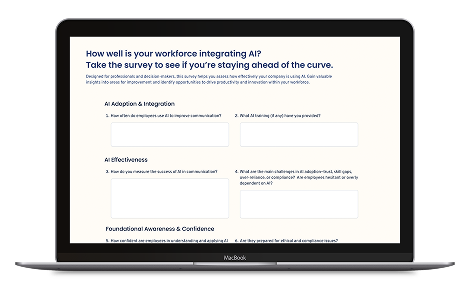WD Communications

WD Communications delivers effective writing programs for technical teams that author and approve regulatory and compliance documents in laboratory and manufacturing organizations. During these programs, we analyze on-the-job writing including Standard Operating Procedures (SOPs), investigation reports, change controls, as well as teams’ daily emails.
WD helps these writers blend highly technical details with readability by focusing on how different types of readers expect and experience content. We consider how the quality and usability of content increase by getting to main points quickly, clearly, and concisely.
As an instructional designer/trainer for these writing programs, and led by personal interest in technology, I became certified in User Experience Design (UXD) in 2020. Since then, my collaboration with technical teams has deepened, especially while relating to electronic document management systems. Opportunities for good UXD are everywhere, including technical writing.
Although most associated with computer software applications in terms of how easy or pleasing it is to use them, core concepts of UXD can apply to any product, system, or service. UXD is about solving problems in real people’s lives—helping people to complete tasks and achieve goals—by paying attention to pain points, eliminating them, or designing solutions for them.
If a mobile app frustrates users with too many time-consuming steps to complete tasks, users may simply log off and not return. To avoid losing users, software developers conduct usability tests, or cognitive walkthroughs, with actual users during development phases to catch problems and find solutions early on.
Like users of mobile apps, readers of technical documents can become overwhelmed or confused by information overload, lack of content organization, and inconsistent formatting. A prime example is a complex, lengthy SOP at a manufacturing site, written by engineers for operators to read and follow.
Engineers and operators speak different technical languages. Without input from these operators during phases of planning, writing, and revising the SOP, the engineering point of view may not fully translate to operators. Extra-long sentences, overly passive voice, or undefined acronyms may also decrease the clarity of instructions. Lack of thorough reading, misinterpretation, and non-compliance can result.
To avoid these costly risks, manufacturing sites increasingly require that technical writers walk procedures down on the floor to test for verbatim compliance with actual users. UXD in action.
Ultimately, effective technical writing relies on good UXD. What is the point of any technical document if readers cannot follow and use it?
Learning is a journey; let’s keep it going.
Interested in training programs on Effective Writing in Technical Documents?
Contact: Jill Mazza jmazza@wdcommunications.com
Take the survey to see if you’re staying ahead of the curve.
Take the Survey